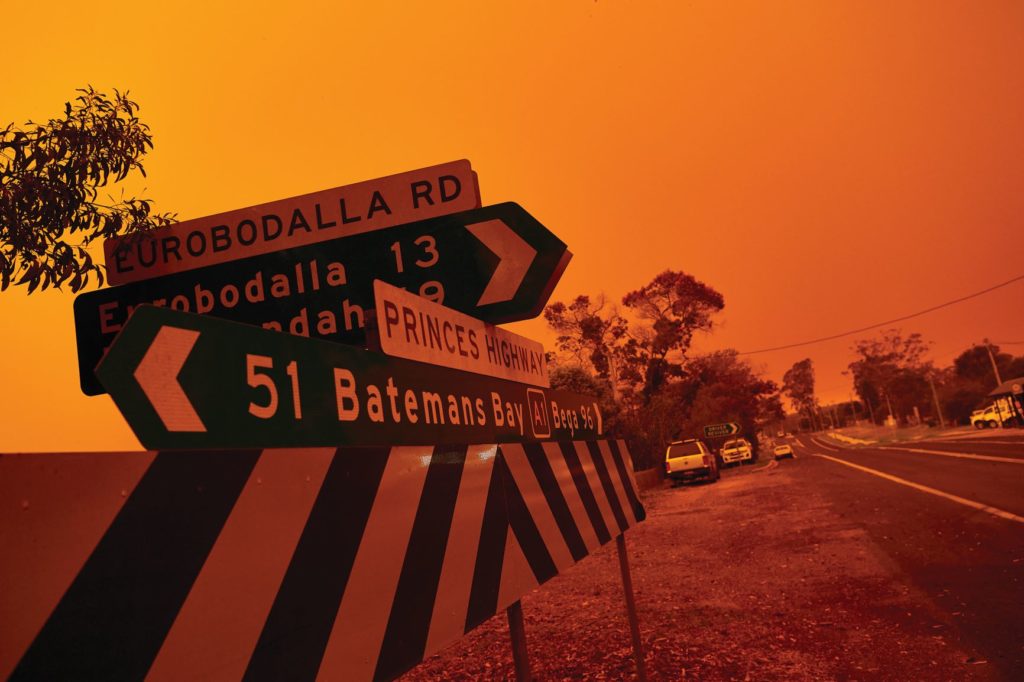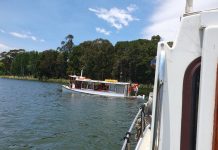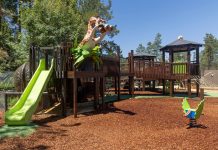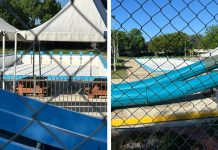The NSW South Coast has been devastated by the bushfire crisis over the summer, and despite a reprieve earlier in the week with light rain, conditions are expected to again deteriorate by 10 January.

Over 1,500 homes have been destroyed across the State this fire season, and at the time of going to print, the death toll from the bushfires in NSW is at 20 people, eight of whom have died on the South Coast since 30 December.
On Monday 6 January, residents from Eden in the south to Batemans Bay in the north were allowed to return home after being evacuated on 2 January.
Batemans Bay resident Dene Lewthwaite said everything on the coast is “pretty raw” at the moment.
“I’m in Surf Beach … It got evacuated 9 o’clock New Year’s Eve once we had fire coming over the hill toward our place.
“Since then we’ve had no power, and the phones on and off over the last week and we had to evacuate Saturday with the second wave of fire.
“The main thing, the RFS has been great … The community down here has rallied together and that’s great, it’s great to see us helping each other,” Mr Lewthwaite said.
He said the long-term effects of the fires will also be felt by local businesses on the NSW South Coast.
“This six-week period is the busiest time of year where they make their money to keep them going through the quieter months; it will certainly affect a number of businesses throughout the area.
“I drove into town today (7 January) and most of the businesses here have reopened for the first time, the ones that can anyway, and have power, but quite a few have been burnt out in the industrial area.”
Fires at Currowan and the Clyde Mountain eased on Monday 6 January as light rain fell across the fire grounds.
On Tuesday 7 January, the large Currowan bushfire, burning west of Kangaroo Valley in the north, Braidwood in the west, and Batemans Bay in the south, was being controlled at 303,648 ha. The smaller Clyde Mountain fire was out of control at a size of 82,546 ha.
On the afternoon of 7 January, 133 fires were burning across NSW, and while cooler weather has provided a reprieve from the diabolical conditions seen over the weekend of 4-5 January, conditions were expected to deteriorate on Friday 10 January.
“No one is under the illusion that this game is over, there is still a lot of work to do and ongoing risk,” said NSW RFS community safety officer, Marty Webster.








